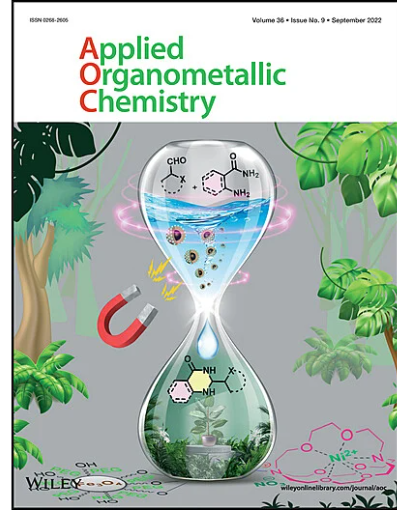Versatile Benzophenone Derivatives: Broad Spectrum Antibiotics, Antioxidants, Anticancer Agents and Fe(III) Chemosensor
Abstract
Benzophenone is a versatile molecular scaffold that has been extensively explored in medicinal chemistry because of its propensity to exhibit a wide range of biological activities. This study represents a new azide (5) and triazole (6) compounds that were synthesized and well characterized by using FTIR, 1H and 13C NMR spectroscopy and mass spectrometry. UV-vis and fluorescence spectroscopic studies identified the sensitivity of compound 6 towards Fe(III) with no substantial interference from other metal ions. LOD values for recognition of Fe(III) were found to be 7.94 × 10−5 and 3.67 × 10−7 M, respectively. The biological studies of the compounds (5 and 6) depicted the antibacterial activity against Bacillus subtilis, Staphylococcus aureus and Pseudomonas aeruginosa with the minimum inhibitory concentration range of antibiotics 0.12–6.2 mg/mL. Molecular docking experiments with various bacterial proteins demonstrated that compounds 5 and 6 possessed very low binding energies of −10.39 and −9.14 kcal mol−1 respectively. Both the compounds showed excellent cytotoxic activities against HeLa cells (cervical cell line). Further, the antioxidant quality of compound 6 has been analysed.

 求助内容:
求助内容: 应助结果提醒方式:
应助结果提醒方式:


